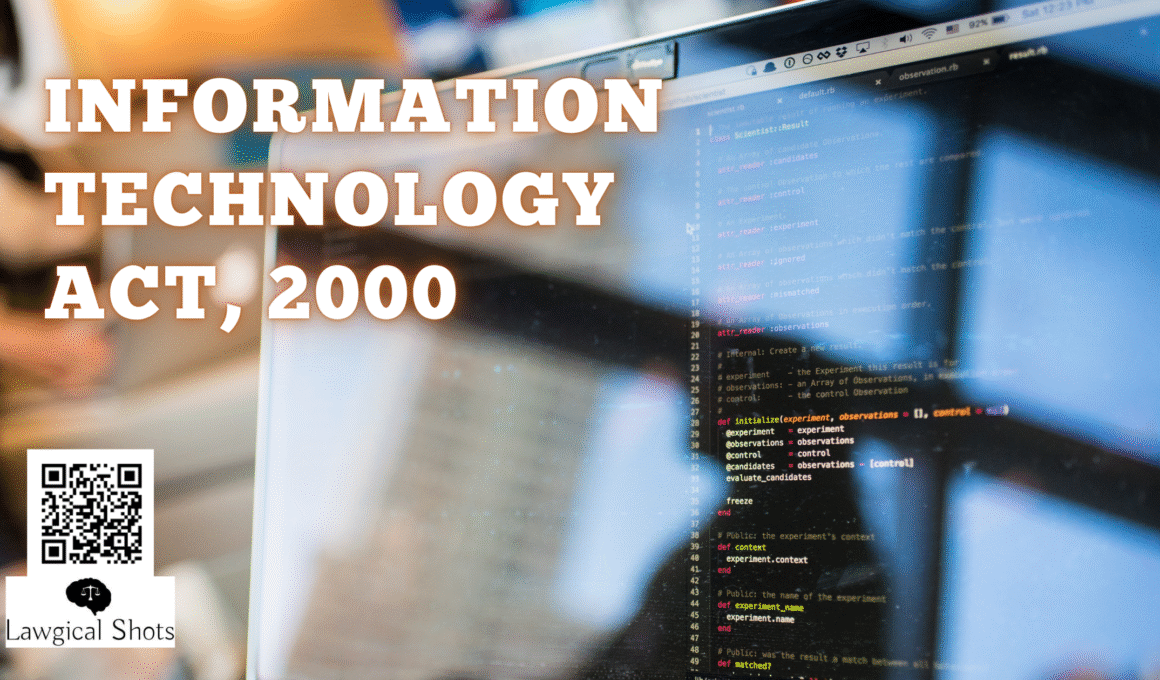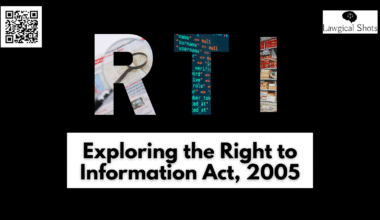Today, we are becoming more and more dependent upon gadgets which make our lives easier, and communication more quick. With technological advancements, new challenges are faced on the legal front every other day. The Information Technology Act, or more famous as the IT Act 2000, introduced a framework to address technological advancements from a legal lens. It squarely covers electronic commerce, cybercrime handling, digital authentication, electronic governance, data protection, etc. Today, we are going to explore what exactly the IT Act of 2000 lays and how it protects the interests of tech savvy (or say tech dependent) people like you and me.
Key Highlights of Information Technology Act, 2000
- Legal Recognition of Electronic Documents
- Grants legal validity to electronic records and digital signatures.
- Allows e-documents to be used in place of traditional paper documents.
- Digital Signatures
- Recognizes Digital Signatures/ Electronic Signatures as legally valid authentication methods.
- Ensures secure electronic transactions.
- Offenses and Penalties
The Act defines several cybercrimes and specifies penalties for them, including:
- Unauthorized access to computer systems
- Data theft
- Hacking
- Virus attacks / spreading malware
- Denial of Service (DoS) attacks
- Tampering with computer source code
- Cyber pornography
- Identity theft & cheating by impersonation using computer resources
Read about how to avoid cyberbullying
- Cyber Appellate Tribunal
- Establishes a Cyber Appellate Tribunal to resolve cyber disputes.
- Appeals from Adjudicating Officers can be taken to the tribunal.
- Electronic Governance (E-Governance)
- Enables filing of forms, applications, and records electronically with government agencies.
- Promotes digital communication in administration.
- Role of Intermediaries
- Defines responsibilities and liabilities of intermediaries (e.g., ISPs, social media platforms).
- Provides “safe harbor” protection if they follow due diligence.
- Data Protection & Privacy
- Protects electronic data and privacy.
- Imposes penalties for data breaches and misuse.
Various Provisions of IT Act 2000
Section 2(1)(w) of Information Technology Act
As expected, Section 2 defines various terms used in the statute. Section 2(1)(w) defines who an intermediary can be under the Act. An intermediary w.r.t. Electronic record means any person who receives, stores or transmits that record or provides any service on behalf of another with respect to that record. It includes telecom service providers, network service providers, internet service providers, web-hosting service providers, search engines, online payment sites, online-auction sites, online-market places and cyber cafes.
Section 43 of IT Act
The provision under Section 43 of Information Technology Act lays the penalty and compensation for damage to computer, computer system, etc. It punishes illegal access, data extraction, introducing viruses, etc. to a computer system in the absence of consent or knowledge of its owner.
Section 43A
The provision lays about compensation for failure to protect data. Though not found in the original Information Technology Act, 2000, the same was introduced through the Amendment Act of 2008.
Section 69A of Information Technology Act
The provision extends power to issue directions for interception or monitoring or decryption of any information through any computer resource to the Central or State Government, as the case may be. It further lays the procedure and safeguards subject to which such interception or monitoring or decryption may be carried out.
Section 72 of IT Act 2000
The provision lays the penalty for Breach of confidentiality and privacy. It restricts any person authorized under the Act, in access to a particular device or data, discloses or misuses the same without consent. The act may attract imprisonment for up to 2 years, or a fine of Rs 1 lakh or both.
Information Technology Act, 2000 Bare Act – Download Here.
FAQs on Information Technology Act of 2000
The original IT Act came in 2000, not in 2008. However, a major amendment to the 2000 Act was introduced which made the following difference:
a) Introduced Section 66A ( to punish sending offensive messages), which was later struck down by the Supreme Court.
b) Introduced Section 69 regarding power to intercept, monitor, decrypt.
c) Introduced Section 43A to compensate for failure to protect sensitive personal data.
d) Recognized electronic signatures beyond digital signatures.
e) Expanded definitions of cybercrimes such as phishing, cyber terrorism, and online harassment.
There is no IT Act which was enacted or enforced in 2021. The original Act came in 2000. Since then, various amendments have been introduced to keep the statute up to the mark with technological advancements and challenges faced by people.
In 2021, the Information Technology (Intermediary Guidelines and Digital Media Ethics Code) Rules were introduced. The same are often misunderstood by people in the name of Information Technology Act 2021. These rules aim to regulate digital platforms by requiring social media intermediaries to have a grievance redressal mechanism, ensure user safety, and provide a monthly compliance report on content takedowns.
The major objective of the Information Technology Act is to recognize the transactions carried out by means of electronic data interchange and other means of electronic communication.
Section 66A of the Information Technology Act was struck down by the Supreme Court in Shreya Singhal v. Union Of India in 2015. The Apex Court found the provision vague, overbroad, and an unconstitutional restriction on the fundamental right to freedom of speech and expression.







